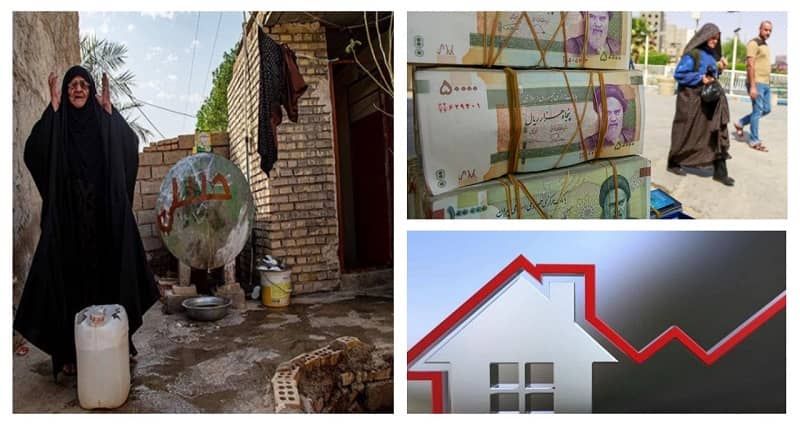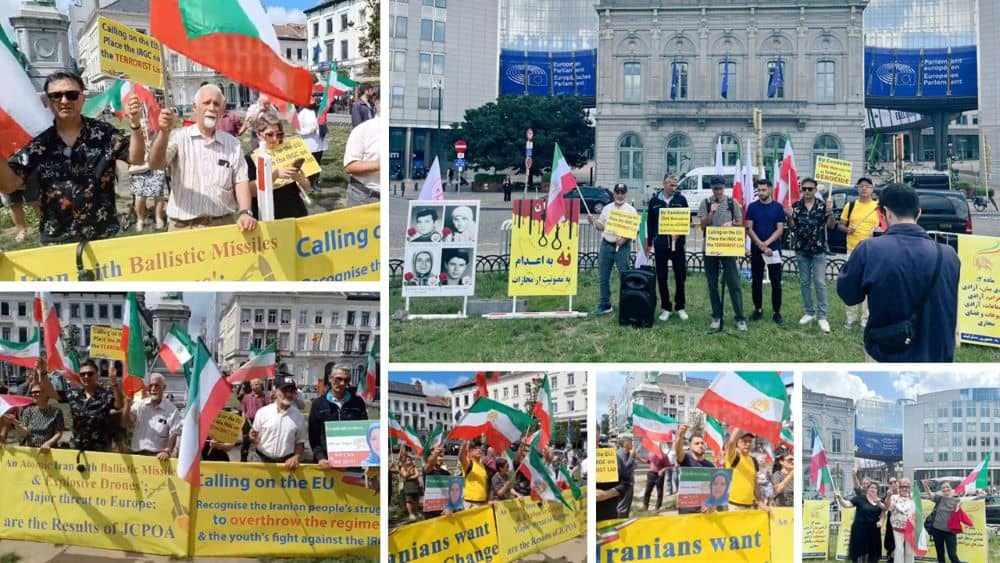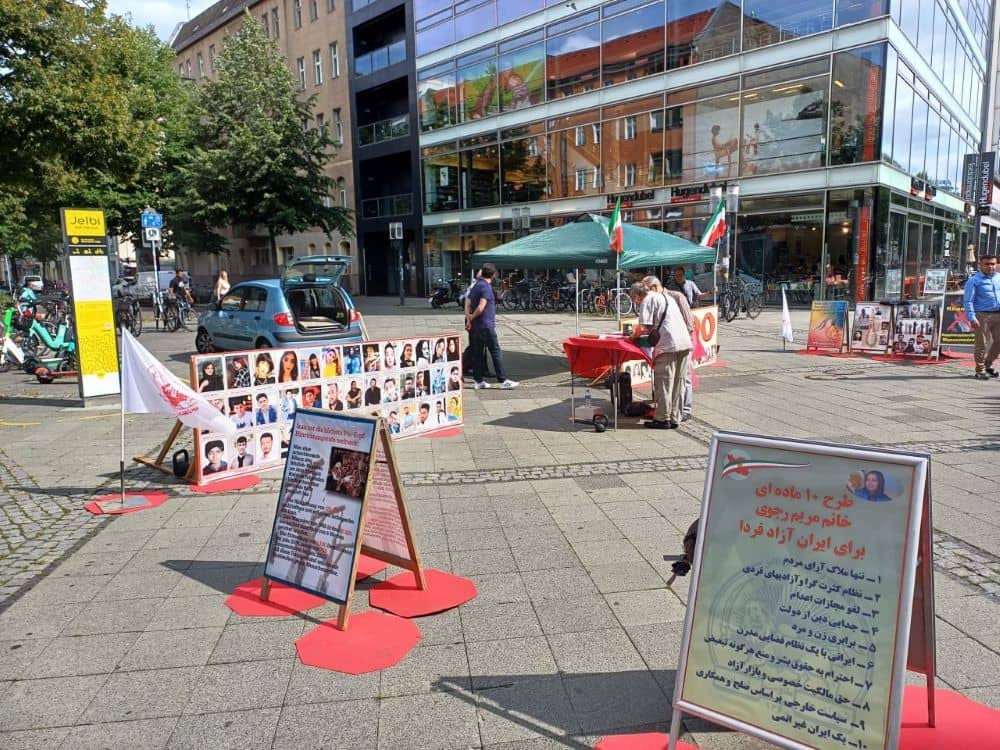
In Iran there is a monopoly on the economy, with extreme corruption, plundering, and broad-based perspectives on rent-seeking, which has proven two facts to date. Ordinary people are deliberately being forced into austerity; and on the other hand, the leaders of the clerical regime and the Revolutionary Guards (IRGC) and its affiliates have become richer.
Indeed, the failure of the doctrine of “resistance economy” has played an important role in causing a recession in the country. In this regard, in September 2010, the supreme leader of the regime Ali Khamenei issued an order to implement an economic policy that no one knows the exact content, style, framework, or laws that govern it. According to many financial experts, this method of turning the economic wheels is pure “propaganda and slogan-like” and aimed at “circumventing sanctions” against the mullahs’ regime.
Back in February 2014, in a letter to the heads of government, Khamenei stated that the purpose of the “resistance economy” was to “ensure dynamic growth and improve the indicators of economic resistance and achieve the goals of the 20-year vision document.” Almost nine years later, not only has this not been realized, but on the contrary, it has led to a deep economic crisis, a severe productive recession, and consequently widespread unemployment, staggering inflation and high prices, and ultimately widespread poverty.
Regarding the failure of Khamenei’s strategic policies to “crack down” on Iran’s severely hit economy, the American Heritage Foundation has stated in its latest assessments: The Iranian regime is ranked 170th out of 177 countries in terms of economic freedom index and its score in this sense is 42.4.
For its expert evaluations, the institution has considered 12 criteria, the most important of which are “investment index, financial freedom.” Thus, it becomes clear that due to the reactionary nature of the clerical regime, no investor is willing to participate in a hazardous policy called the “resistance economy.”
According to the assessment, Iran’s clerical regime now has “the worst economic freedom situation among 177 countries, after North Korea, Venezuela, Cuba, Sudan, Zimbabwe, Burundi, and Eritrea.”
The bottom of the world table for the dictatorship of Khamenei is while the clerical regime earns tens of billions of dollars from oil and petrochemical exports annually, but due to structural corruption and the presence of mobs and mafia gangs at the head of the system, it is unable to solve the most straightforward economic problems, let alone people’s livelihood.
An example of the devastating consequences of this anti-human situation is the rise in inflation and poverty in society. According to the latest data from a member of the Civil Commission in the regime’s parliament, “a quarter of Iran’s population” is now living in marginalized shantytowns.
A government report (Jamaran state-run website, February 15, 2022) acknowledged: “Today, 20 million people have been marginalized in the country, and almost a quarter of Iran’s population lives on the margins, due to misguided sectarian policies. If there had been a balanced view of credit distribution, the marginalized population would not have reached 20 million today.”





